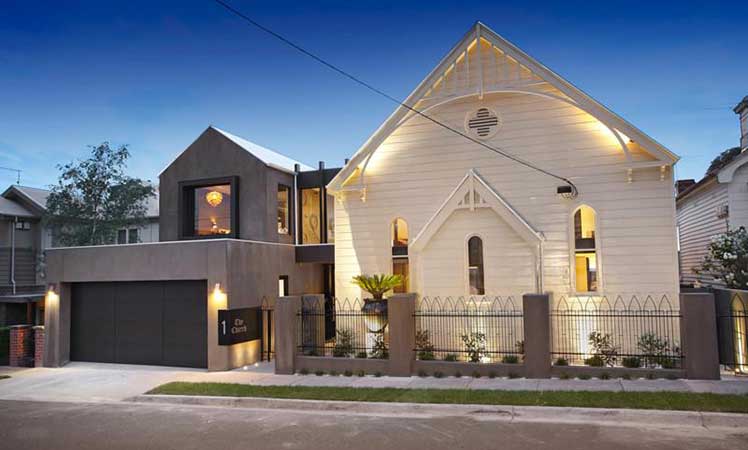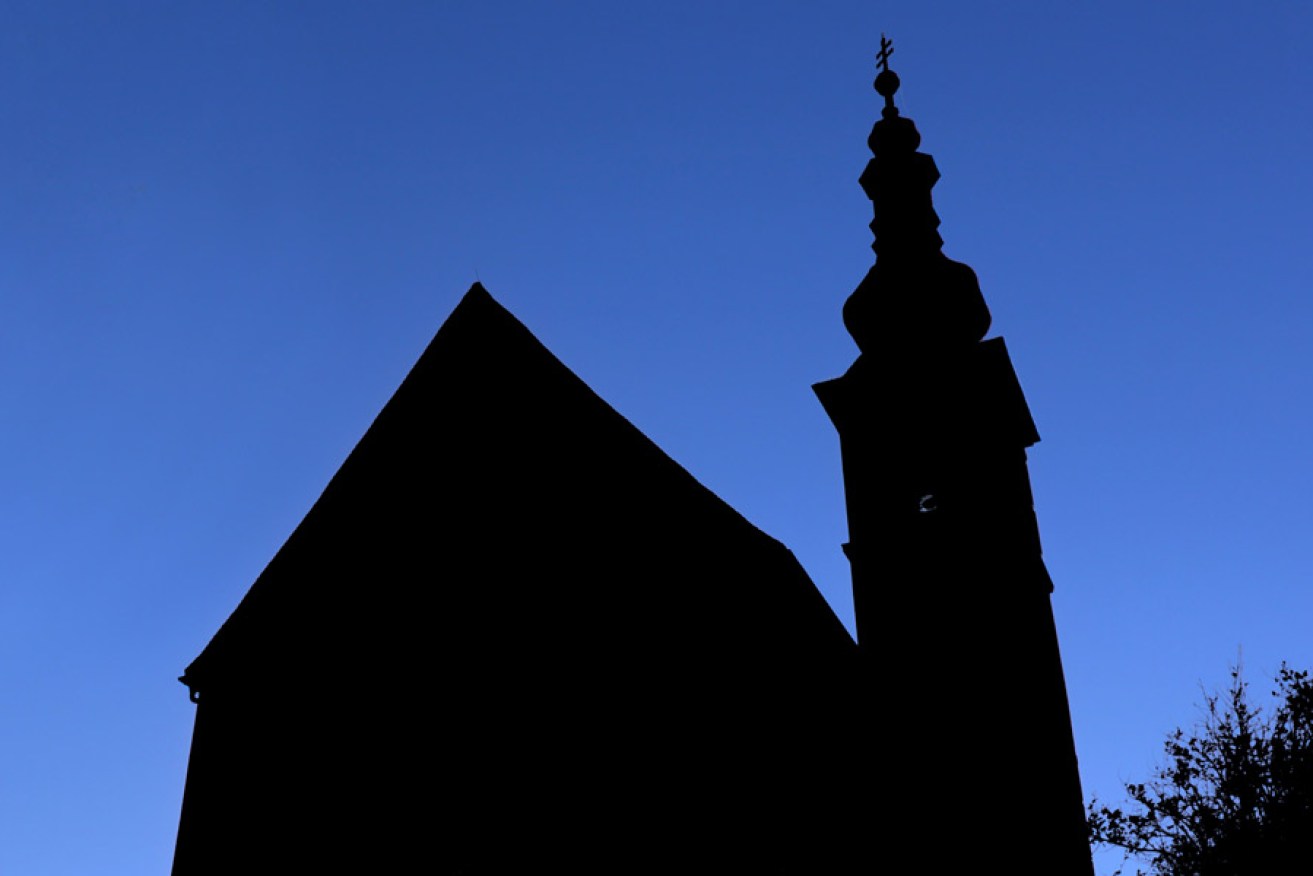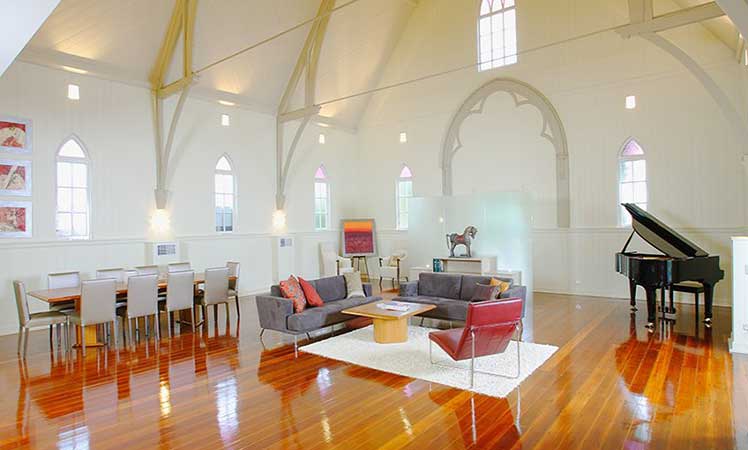In the beginning, churches converted people. In renovation-mad Australia, people convert churches: into offices, nightclubs, theatres and – most of all – homes.
It is a tempting market for steeple-chasers, as religious groups deal with dwindling numbers by selling off churches all over the country. While there’s never been a better time to invest in some holy land, buyers beware: transforming a house of worship into a plain old house is no ordinary renovation job, with a vast tangle of heritage regulations and unexpected challenges ready to trip up the unprepared.
Susie Summers, of the NSW Office of Environment and Heritage, recommends wannabe church-purchasers first check with the relevant state government department and local council to see if the property is on any heritage listings. Ignoring due process might land renovators in serious trouble: in NSW, unauthorised work to an item listed on the State Heritage Register is punishable with fines of up to $1.1 million or six months imprisonment.
So before you replace that font of holy water with an indoor jacuzzi, Summers recommends running plans past a specialised heritage architect.
And where better to find one than the City of Churches itself? Adelaide architect David Brown is a believer.
“As homes, churches are a whole lot of fun,” he says. “They are truly amazing spaces for someone who wants something a bit different and open-plan, with tall windows that offer good natural light. I’d say they offer the closest thing we have to that New York-style loft dream.”

One part 19th-century Anglican church, one part modern Melbourne residence. Designed by Dominic and Marie Bagnato.
Brown, the director of specialist conservation practice BB Architects and a local council heritage adviser, knows a thing or two about how to get the job done right. Here are his top tips.
Parting the red tape
Regulations can be tricky to navigate, but Brown says State Heritage-listed churches are rarely put up for sale, while more common council listings usually only grant protection to the church facade, allowing for flexibility with interior modifications and outdoor extensions.
Even for churches without special protection, however, renovations are no walk in the park.
Brown cautions that plenty of coin is needed, with a minimum outlay of $200,000 typically required to make a church habitable.
Heavenly air
Old religious buildings offer little in the way of insulation, and while those lovely high ceilings might instil a sense of grandeur, they also house a huge volume of space to heat or cool. Underfloor gas heating can keep the building nice and cosy, but for hot weather Brown says owners may need to install split-system air conditioners on the wall.
This can be particularly incongruous when trying for a traditional look, so opting for a progressive steel-and-glass interior can help make the cooling systems less visually jarring. “What’s more, the correct heritage approach is to actually make clearly modern alterations, so you can define between what’s old and new, rather than emulating the past and blurring the lines of history,” Brown said.
Lord won’t you buy me a new bathroom
If installing a bathroom, kitchen and bedrooms isn’t enough of a headache, there is the added challenge of fitting them all into a church’s long, thin shape.
Brown says trying to jam a number of rooms into the main sermon hall can result in too many walls all over the place. Often religious buildings come with side aisles ideal for smaller rooms, but if not it may be best to add on an extension.
Praying for peace (and quiet)
With sermon halls designed to carry noise as far as possible, church soundscapes are one of the hardest issues to manage. Where a noise in a modern house will reverberate for roughly half a second, in churches sound will bounce around the walls for an average of four seconds. It might not seem a big deal, but Brown warns that churches simply weren’t designed to house a choir of modern appliances all humming their own tune.
The solution? Smaller churches pose less of a problem, but if you must go big: install sound-absorbing panels.
Let there be light
Tall, stained-glass windows might be pretty to look at, but they don’t offer much of a view of the outside world. Often, church windows are located way up high, so changing the glass won’t do the trick if you want to be able to look out onto your garden.
Doorframes can be refitted with glass, however, and incorporating plenty of windows into any extensions can help, along with lighting rooms in innovative ways.
“Living in a church can feel a bit bizarre, like being in a bubble away from the rest of the world,” Brown says. “But then again that was probably the original idea, so why not embrace it?”
This article was first published on The New Daily.






